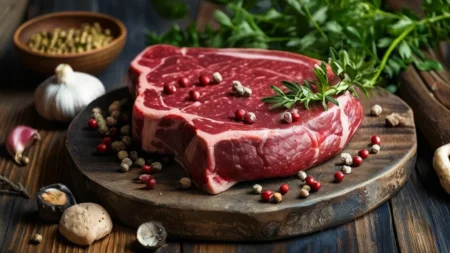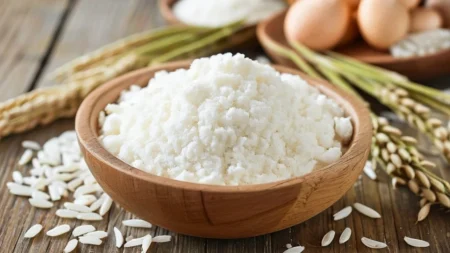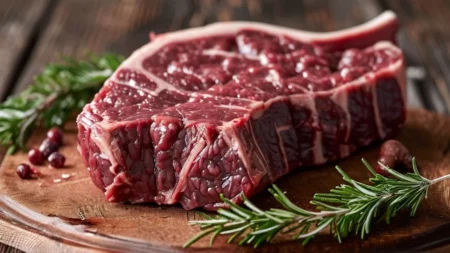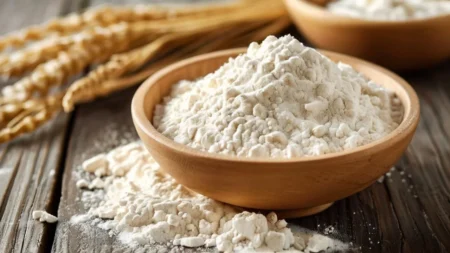Peaches: A Sweet and Nutrient-Packed Fruit for Summer and Beyond
Key Takeaways:
- Peaches are rich in vitamins A, C, and E, as well as fiber and antioxidants.
- They support eye health, immune function, and skin hydration.
- Peaches can be enjoyed fresh, canned, or used in a variety of dishes like smoothies, desserts, and salads.
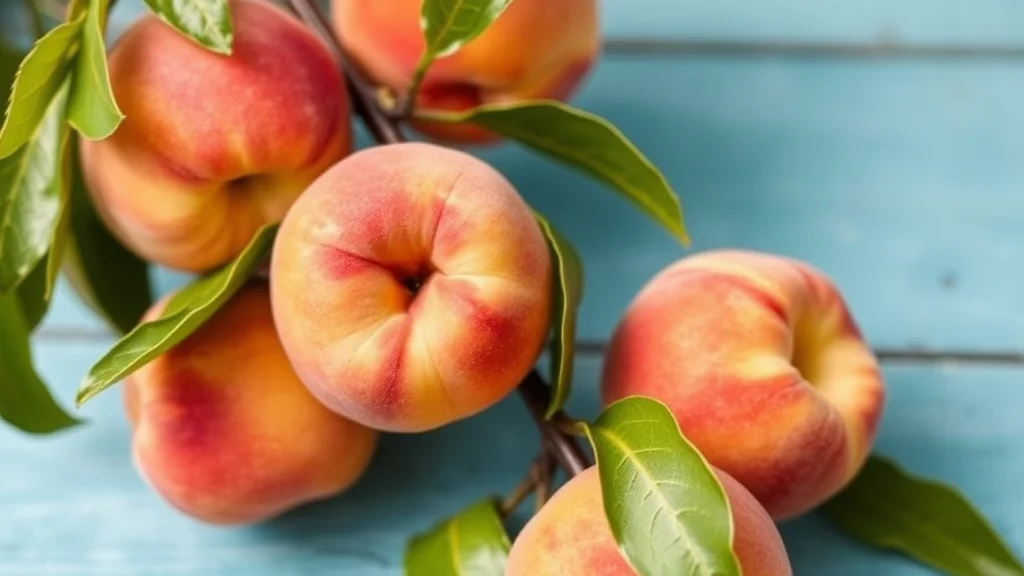
Nutritional Profile of Peaches
Peaches are not only delicious but also packed with essential nutrients. Here is the nutritional breakdown for one medium-sized peach (150 grams):
| Nutrient | Amount |
|---|---|
| Calories | 59 kcal |
| Carbohydrates | 14 grams |
| Protein | 1 gram |
| Dietary Fiber | 2 grams |
| Vitamin C | 10 mg (16% DV) |
| Vitamin A | 489 IU (10% DV) |
| Potassium | 285 mg (8% DV) |
Low in Calories, High in Nutrients
Peaches are a low-calorie fruit that provides a good source of vitamins, particularly vitamin C, which is essential for immune health, and vitamin A, important for vision and skin health. The fruit is also rich in antioxidants, which help protect cells from oxidative stress.
Health Benefits of Peaches
1. Boosts Immune Function
Peaches are an excellent source of vitamin C, a powerful antioxidant that supports the immune system by protecting the body from infections and enhancing the function of white blood cells. Consuming peaches regularly can help maintain overall immune health, especially during cold and flu season.
2. Promotes Healthy Skin
Peaches contain vitamins A and E, both of which play a key role in maintaining healthy skin. Vitamin A supports skin regeneration and helps combat acne, while vitamin E acts as a moisturizer, keeping the skin hydrated and youthful. The high water content in peaches also contributes to skin hydration.
3. Supports Eye Health
The vitamin A and beta-carotene found in peaches are crucial for maintaining good vision. Beta-carotene, in particular, is converted into vitamin A in the body and helps prevent night blindness and other age-related eye issues such as macular degeneration.
Different Varieties of Peaches
There are several varieties of peaches, each with its unique flavor and texture. The two primary categories are:
| Type | Description |
|---|---|
| Freestone | The pit easily separates from the flesh, ideal for fresh eating. |
| Clingstone | The pit clings to the flesh, making it perfect for canning and cooking. |
Freestone Peaches
Freestone peaches are easier to slice and eat, as the flesh easily separates from the pit. They are often enjoyed raw, in fruit salads, or added to yogurt and cereal.
Clingstone Peaches
Clingstone peaches have flesh that adheres to the pit, making them more challenging to separate. They are usually sweeter and softer, making them ideal for preserving, canning, or baking.
How to Enjoy Peaches
Peaches are incredibly versatile and can be used in a variety of dishes:
1. Fresh Peaches
Fresh peaches are a simple, healthy snack on their own. They can also be added to salads for a burst of sweetness or paired with cheeses and nuts for a light appetizer.
2. Peach Smoothies
Blending peaches into smoothies is a great way to incorporate more fruit into your diet. They pair well with other fruits like bananas, berries, and citrus.
3. Baked Goods
Peaches can be used in various baked goods, such as pies, cobblers, and tarts. Their natural sweetness and juicy texture enhance desserts, providing a rich flavor profile.
Peaches and Weight Management
Peaches are an excellent addition to a weight management plan. With only 59 calories per medium peach, they make for a satisfying snack that won’t contribute to weight gain. Their fiber content also promotes satiety, helping you feel fuller for longer.
Peaches vs. Other Fruits
When compared to other summer fruits, peaches hold their own in terms of nutrition and versatility:
| Fruit (Per 100g) | Calories | Vitamin C | Fiber |
|---|---|---|---|
| Peach | 39 kcal | 6.6 mg | 1.5 g |
| Plum | 46 kcal | 9.5 mg | 1.4 g |
| Nectarine | 44 kcal | 5.4 mg | 1.7 g |
Peaches provide a slightly lower calorie option compared to plums and nectarines while still offering a comparable amount of fiber and vitamin C.
Storing and Preparing Peaches
How to Choose Ripe Peaches
When selecting peaches, look for those with vibrant color, a slightly soft touch, and a sweet aroma. Avoid peaches that are too firm or have green undertones, as they are not fully ripe.
Proper Storage
Peaches should be stored at room temperature until they ripen. Once ripe, they can be transferred to the refrigerator to prolong their freshness for up to one week.
Peeling Peaches
If a recipe calls for peeled peaches, you can easily remove the skin by blanching the fruit in boiling water for about 30 seconds, then transferring it to an ice bath. The skin should slip off easily.
Conclusion
Peaches are a delicious and nutritious fruit that provides a range of health benefits, from boosting immune function to promoting skin and eye health. Their versatility in both sweet and savory dishes makes them a popular choice for many culinary creations. Whether you enjoy them fresh, blended into smoothies, or baked into desserts, peaches are a fantastic addition to any balanced diet.
FAQ
Q: Can peaches help with weight loss?
A: Yes, peaches are low in calories and high in fiber, making them a great choice for those looking to lose weight. Their fiber content helps promote fullness, which can reduce overall calorie intake.
Q: Are peaches good for skin health?
A: Yes, peaches contain vitamins A and E, which are known to support healthy skin by promoting hydration and preventing signs of aging.
Q: How should I store peaches to keep them fresh?
A: Store peaches at room temperature until they ripen. Once ripe, move them to the refrigerator to extend their shelf life.
Q: Can I freeze peaches?
A: Yes, peaches can be frozen for later use. Simply peel, slice, and store them in an airtight container or freezer bag.





